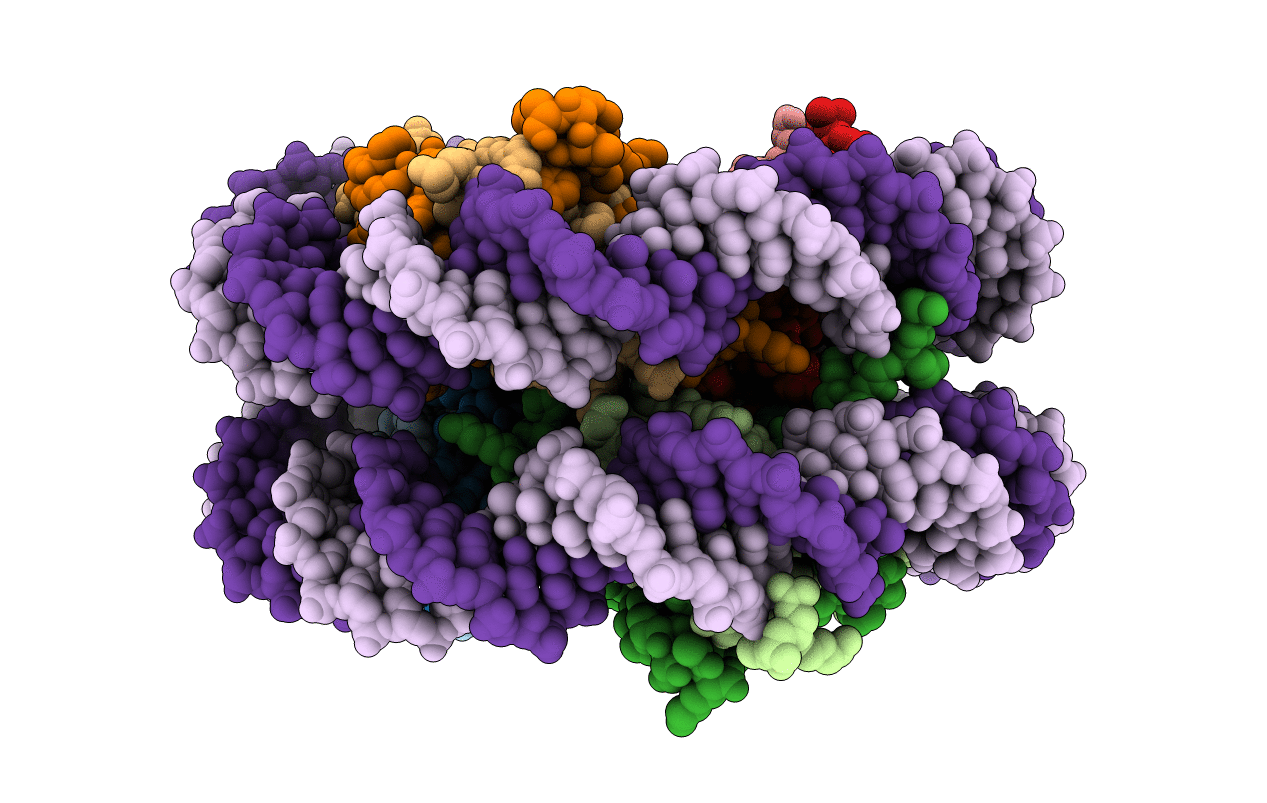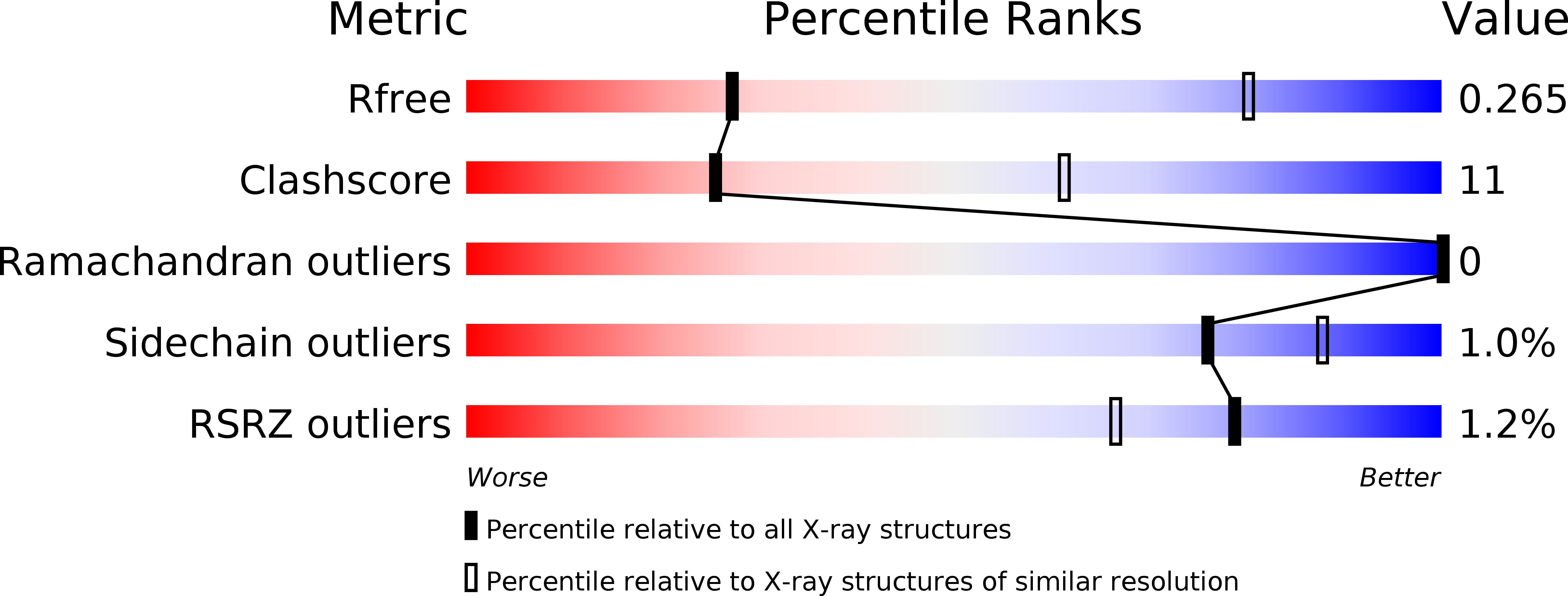
Deposition Date
2019-09-13
Release Date
2020-07-22
Last Version Date
2023-11-22
Entry Detail
PDB ID:
6KXV
Keywords:
Title:
Crystal structure of a nucleosome containing Leishmania histone H3
Biological Source:
Source Organism:
Leishmania major (Taxon ID: 5664)
Homo sapiens (Taxon ID: 9606)
Homo sapiens (Taxon ID: 9606)
Host Organism:
Method Details:
Experimental Method:
Resolution:
3.63 Å
R-Value Free:
0.26
R-Value Work:
0.22
R-Value Observed:
0.22
Space Group:
P 21 21 21


